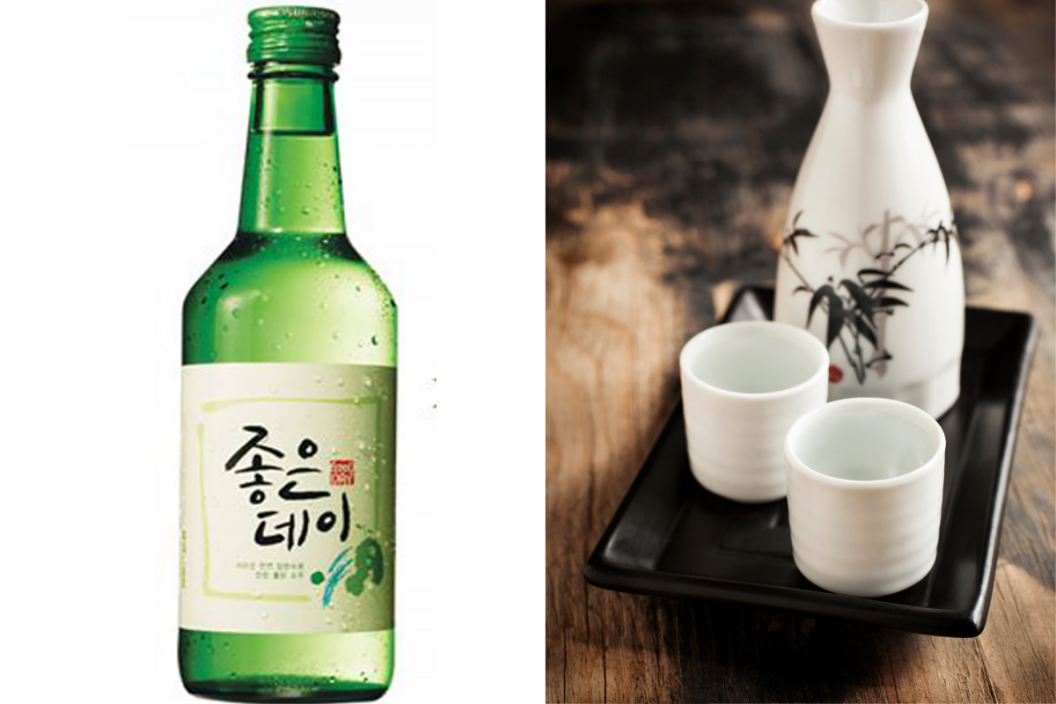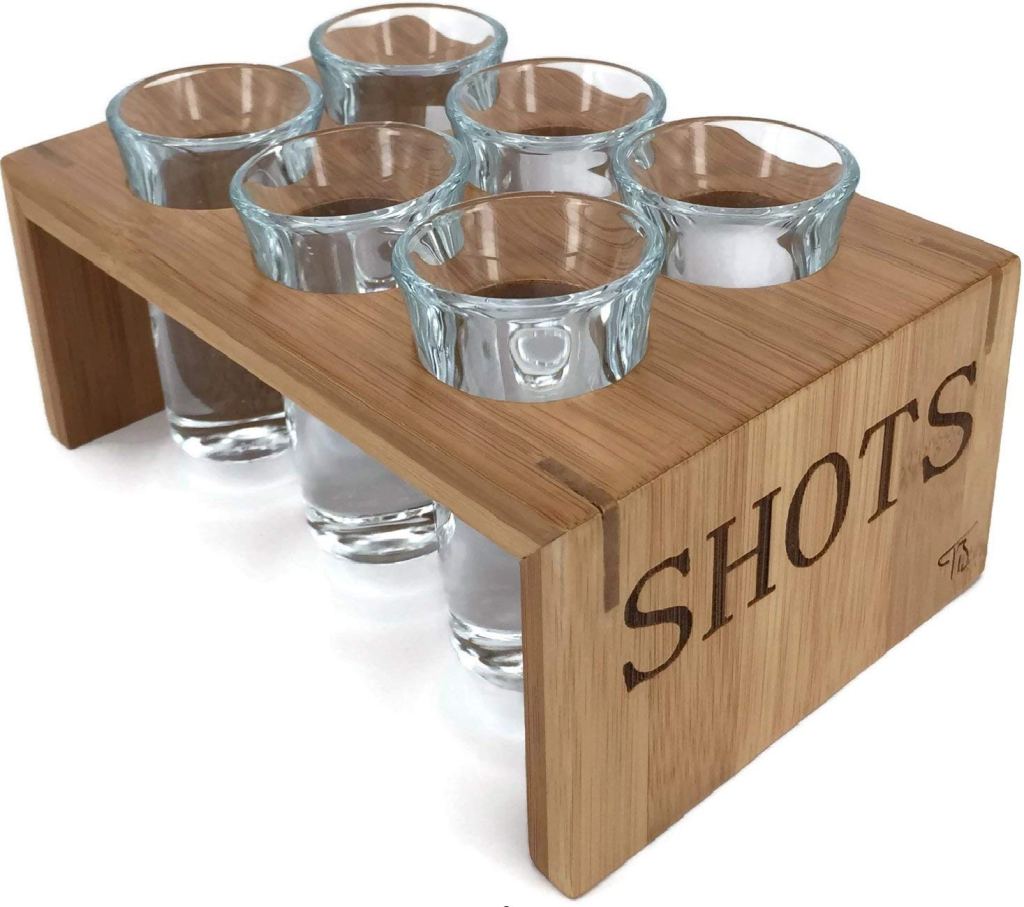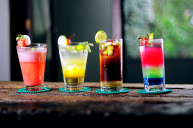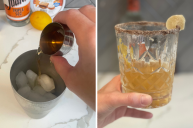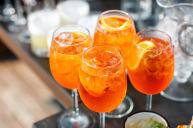What's the difference between Soju vs Sake? Among alcoholic beverages, Korean Soju might not be as well known as Japanese Sake. But Soju is a versatile spirit you can use in just about anything. It's not expensive, has a solid alcohol content, and can be found in most liquor stores or Asian food markets.
What is Soju?
The Korean spirit called Soju is traditionally distilled from rice, but you also can find Soju made from a blend of sweet potato, wheat, barley, or tapioca. Because it's pretty neutral in taste, many Americans refer to it as Korean vodka. Soju also has a smooth slight sweetness to it, making Soju an even greater choice to sip neat, in a shot, or in a soju cocktail.
Soju began filling glasses back in the 13th century when the Mongols brought death and destruction along with a new distilling technique to the Korean Peninsula during the Mongol invasions of Korea. Today, Soju is still the most popular alcoholic drink in Korea. It goes great with Korean food and with the higher alcohol content (between 16 and 45% ABV) you get quite a punch in your shot glass.
At certain times in history, Soju production wasn't always so easy. During the Japanese occupation in the early 1900s, Soju production was suppressed by the Japanese and people started drinking beer and sake instead.
In the years after the liberation of Korea from Japan and the Korean War years in the 1950s, Soju production was impacted from the rice shortage of the 1960s. Distilleries began to use alternative grains like sweet potatoes, wheat, barley, and tapioca as replacements. Only recently did the Korean government lift the ban on distilling rice.
How is Soju Made?
https://www.instagram.com/p/CLXJ7LiH56R/
The word soju means "burned liquor," because the alcohol is distilled at a high temperature and almost burned.
Soju is traditionally made by distilling alcohol from fermented rice grains. The rice wine for distilled soju goes through about two weeks of fermentation. That fermented rice wine is then boiled in a cauldron called a sot. A soju gori (similar to a pot still with pipes coming out) is placed on top to finish the distillation process.
What Does Soju Taste Like?
Soju has a clean flavor that is a good match for spicy and fatty Korean foods like kimchi and Korean porkbelly BBQ. Soju is most commonly served as a shot in a slightly larger shot glass that's called a sojujan. Many people drink Soju as a drink called a somaek which is a mix of beer and soju.
Soju is also enjoyed with a meal and more recently as soju cocktails in the same way you'd use vodka, like a Soju & tonic or Soju martini. In Korean restaurants, you'll see mixed drinks listed on the menu that are more like milkshakes with yogurt and fruit juices.
Just like flavored vodkas have exploded on the drink market, you can find flavored Sojus like peach, grapefruit, blueberry, grapefruit, grape, apple, and cherry. Cocktail recipes are endless!
Listen to this culture shocker: In South Korea, you can grab small bottles of Soju at most convenience stores for the equivalent of $1.50 each and walk out of the store drinking it!
How Is Sake Different From Soju?
Korean soju and Japanese sake are both made from rice, but Sake is more similar to beer since there is a brewing process when the fermenting rice grains are mixed with yeast. Soju is purely a distilled beverage. Sake is only made from rice and koji mold.
Soju is usually made from sweet potato and tapioca, although the traditional rice method is making a comeback. Conversely, sake is made predominantly from rice and koji mold.
Koji mold is used in China, Korea, and Japan as a culture to start the fermentation process in soybeans. The Koreans use it to make Korean rice wine, Soju, and soybean paste. In Japan, koji mold makes miso paste, soy sauce, and sake.
Sake has a softness to it and the flavors can range from fruity and floral to nutty and mushroomy. Sake has a lower alcohol content (between 12% and 18% alcohol by volume) than Soju.
With a similar sounding name to Korean Soju, Japanese Shochu is a lower alcohol Japanese distilled spirit made from barley, rice, or sweet potato.
How To Drink Sake
Good quality sake is served at a cool room temperature in Japan. That way the flavors really develop and aren't too cold to taste. Warm sake is usually how the cheaper quality sakes are served, because warming masks any harsh flavors.
You won't find sake bombs in Japan either. You know, when a shot glass of cheap sake is dropped into a mug of cheap beer. Only Americans are silly enough to drink sake like this.
Products featured on Wide Open Eats are independently selected by our editors. However, when you buy something through our links, we may earn a commission.
